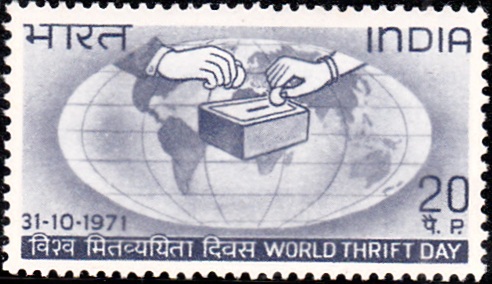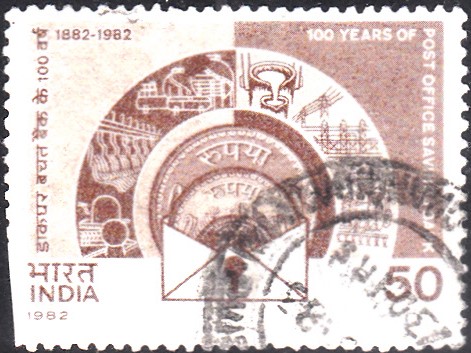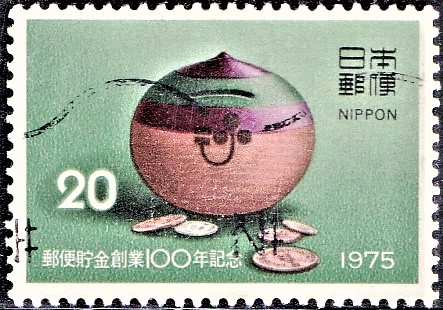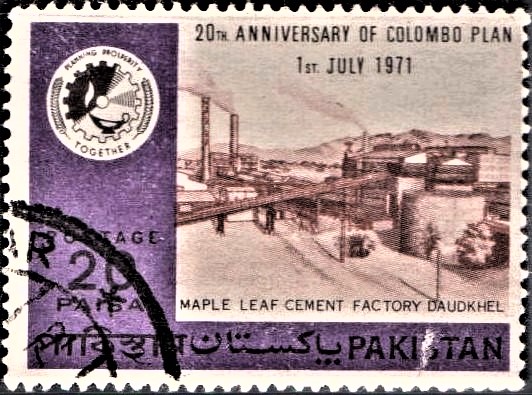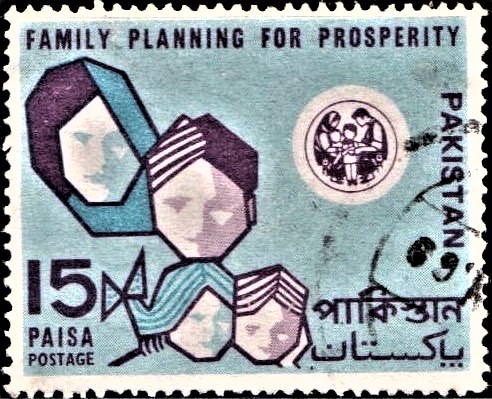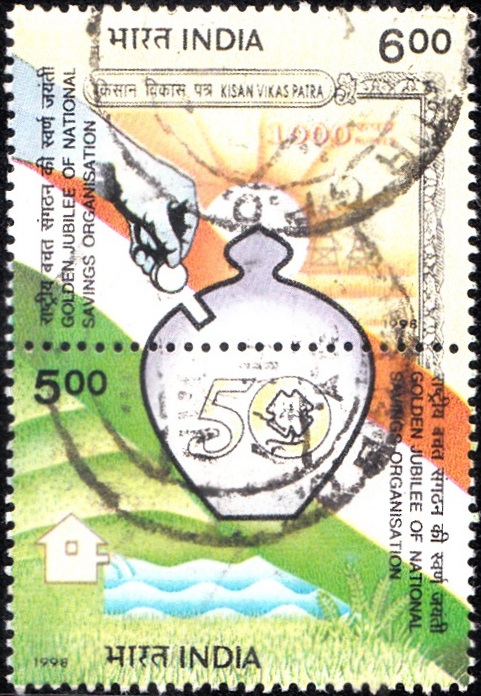
Indian National Savings Organisation
Complete Set of 2 nos of postage stamps on the Golden Jubilee of the National Savings Institute of India :
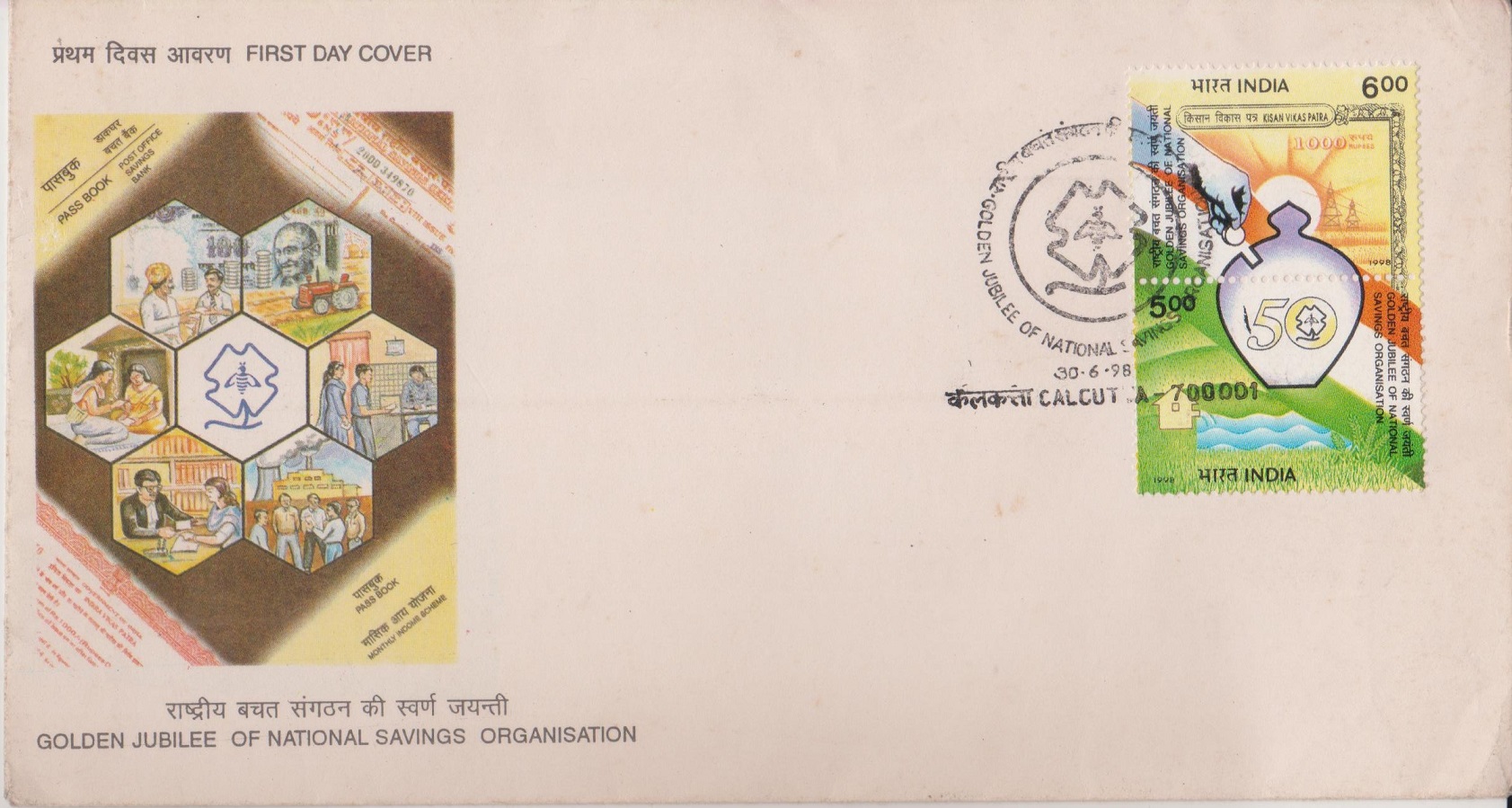 Issued by India
Issued by India
Issued on Jun 30, 1998
Issued for : The Department of Posts is happy to issue this commemorative stamp in celebration of the Golden Jubilee of National Savings Organisation and the success of the savings movement in independent India.
Design : The theme depicted in the stamp is “Collective Thrift in the March of the Nation”. The first day cover shows various facets of activities of NSO and the cancellation portrays the NSO logo of honeybee, symbolising untiring effort, safety, security and good returns in small savings activity.
Type : Vertical se–tenant set of 2 Stamps (composite design), Postal Used
Colour : Multi Colour
Denomination : 500 & 600 Paise
Overall size : 3.91 X 5.80 cms.
Printing size : 3.91 X 5.80 cms.
Perforation : 13 x 13
Paper : Imported un w/m Adhesive Gravure Coated stamp paper in sheets 50.8 x 53.5 cms.
Stamps Printed : 0.7 Million
Number per issue sheet : 15 (Setenant)
Printing Process : Photogravure
Printer : India Security Press, Nashik
About :
- The savings movement in India with an institutional support based on a legislative framework has a history of more than 120 years. Some experts, however, trace the genesis of the savings movement in the country from 1834 when the Government established the first Savings Bank in Calcutta. The Government Savings Bank Act was passed in 1873 and the Post Office declared as the agent. However, there was no organised savings movement as such in India till the Second World War. Government of India set up “National Savings Central Bureau” in 1943 with the headquarters in Shimla with the objective of promoting thrift, counteracting inflationary trends in the economy caused by the Second World War and to collect fund to finance the War. This drive did not gain momentum as the people were not enthusiastic about financing an alien war.
- It was in the year 1948 that the government of India decided to recognise the savings movement. To this end in view, the National Savings Organisation was set up in June 1948. In the context of the national savings movement the observations made by late Pandit Nehru are worth recalling on this occasion to highlight the crucial role of domestic savings in national development. Thus said Pt. Nehru:–
“I attach great importance to the movement of National Savings. It is important not only because we want people to save and to apply these savings for our development plans, but also because it reaches a large number of people. It is not enough merely to make appeals. There must be organisation behind it also as to reach every village”…. “Every person who participates in this campaign and adds to the savings not only helps in fulfilment of our Second Five Year Plan but also becomes in a sense a sharer in it”…… “I wish this campaign every success”. - National Savings Organisation has been consistently furthering the Savings Movement in India. One of the spectacular achievements of the NSO is a record increase in mobilising the gross collections under various small savings schemes and PPF from a small beginning of Rs. 243 crores in the First Five Year Plan to about Rs. 50,000 crores in the Eighth Five Year Plan. The organisation could succeed in reaching the investors at grass root level and so far 48 million small savers have been brought into the fold of their movement. The resources mobilised under the various small savings schemes from a part of plan finance of the Union Government and 75% of this collection flows back to the States as loans repayable in 25 years to finance their development projects, such as, building roads, providing drinking water etc. It is how the common man is made a partner in the construction of the nation. The organisation is headquartered at Nagpur. National Savings Commissioner is the head of this organisation.
- Text : Based on materials supplied by Department of Economic Affairs, Govt. of India.



